Loke Wan Tho: A Photo Essay
Loke Wan Tho was a renaissance man, says his niece, Choo Meileen, chairwoman of Cathay Organisation.1
By Soh Gek Han
Loke Wan Tho (1915–64) had wide interests; he was a film magnate, a supporter of local sports, a photographer and an ornithologist.
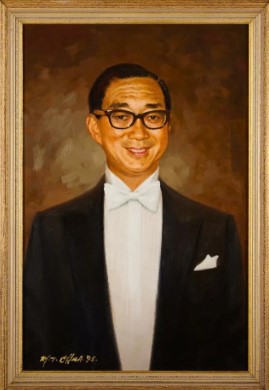
The Mace of the City of Singapore
A prominent Chinese businessman, Loke presented the mace, an ancient symbol of constitutional authority, to the City Council on 31 March 1954. The occasion marked Singapore’s status as a city, which was granted by King George VI in 1951 through a Royal Charter.2
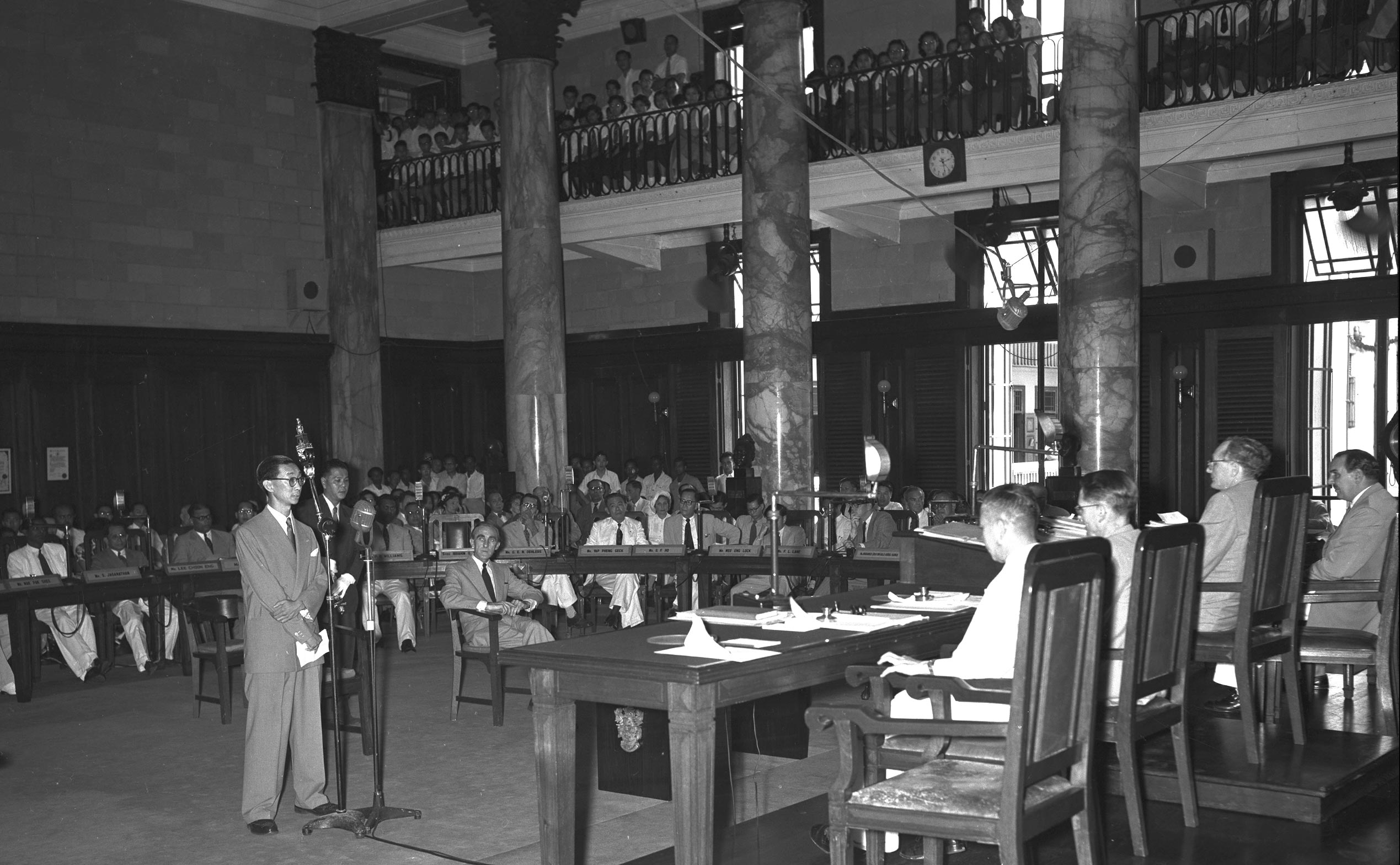
On the significance of the mace, Loke said:3 > This mace is a signpost in our recorded history, pointing I hope, to a greater and nobler Singapore.
The knob of the four-foot, gold mace has the city’s crest and figures of a Chinese, a Malay, an Indian and a European symbolising the city’s multi-ethnic population.4
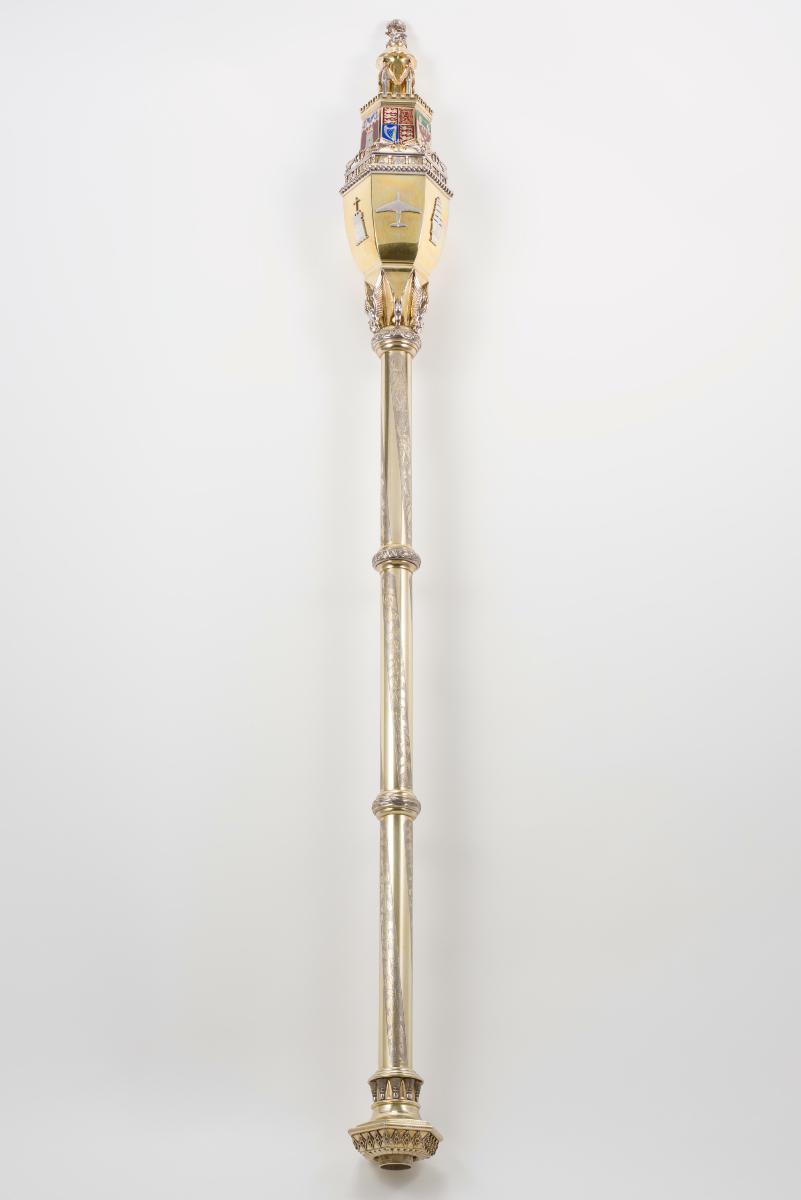
A Pioneer in Local Film Production
In 1953, Loke Wan Tho set up Cathay-Keris with Ho Ah Loke, expanding the Cathay film distribution business into film production. Cathay-Keris was Singapore’s second film studio and was a competitor to Shaw’s Malay Film Productions. These were the only two film studios in Singapore for the next 20 years, a period known as the golden age of the studios.5
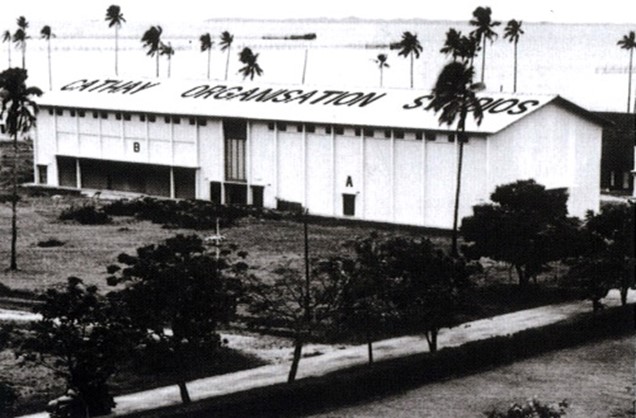
Cathay-Keris focused on Malay films, as Malaya had a fast-expanding film market. In 1951, the Cathay’s International Associated Theatres generated twice as much revenue from Malaya compared to Singapore.6
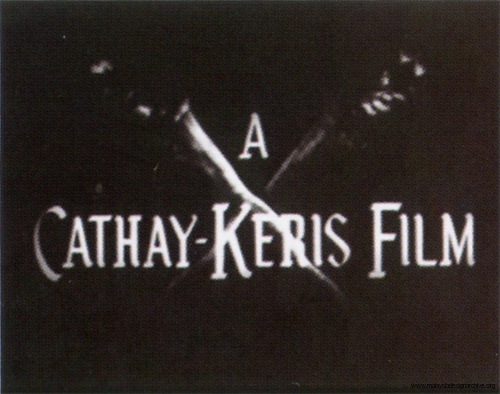
To learn about moviemaking, Loke visited film studios in India in 1957 and invited Hollywood actors to coach Cathay-Keris’s new actors. At that time, Malay cinema was influenced by Indian culture, as the two film studios hired Indian directors, who were better at making Malay films than their Chinese counterparts.7
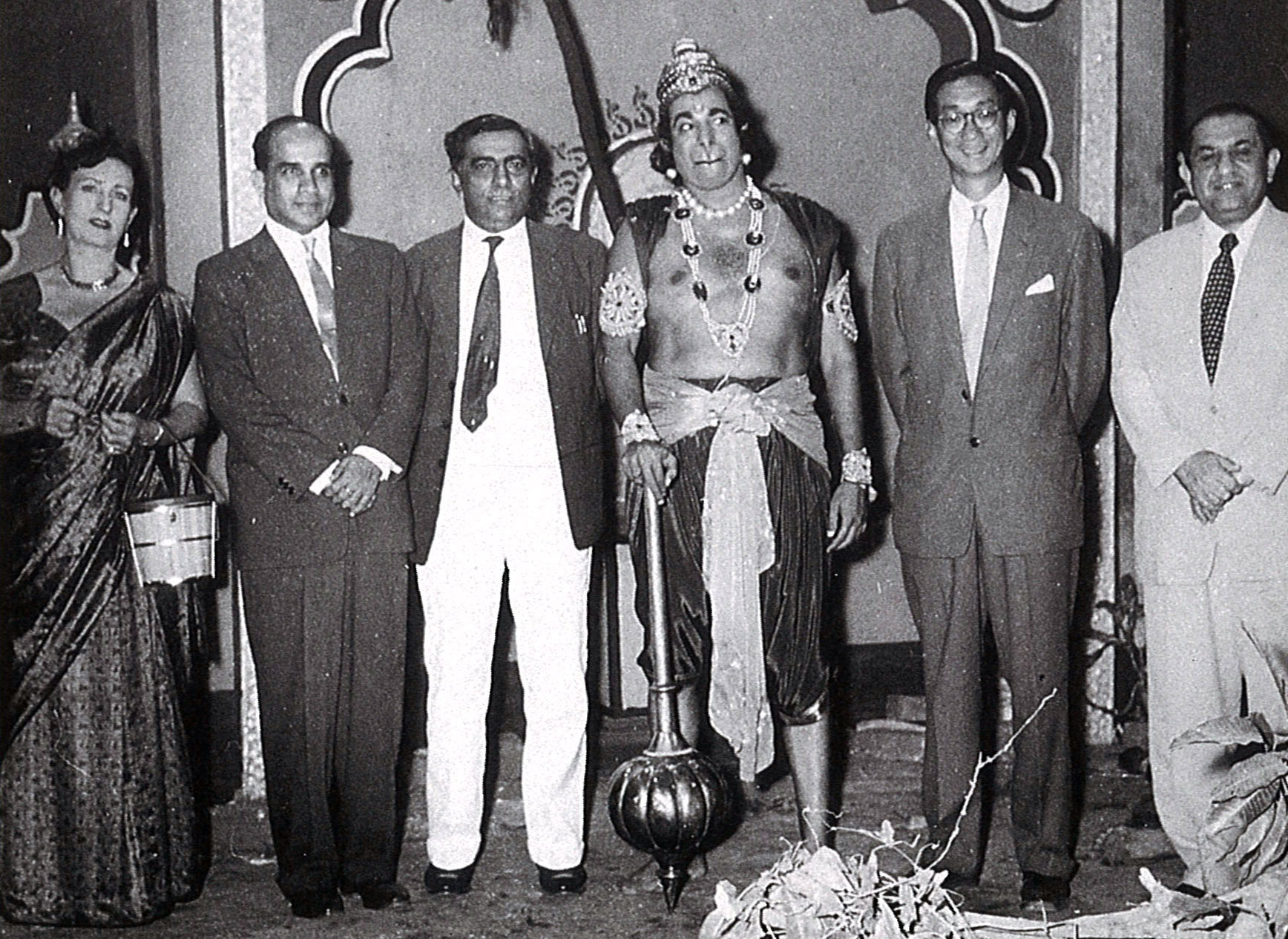
The Malay movies then were generally based on folk tales and legends. One of Cathay-Keris’s box office blockbuster was Hang Jebat (1961), directed by Hussian Haniff. The movie was noted for its cinematic qualities and revisionist approach to Malay classical history, portraying Hang Jebat as the hero rather than the villain.8
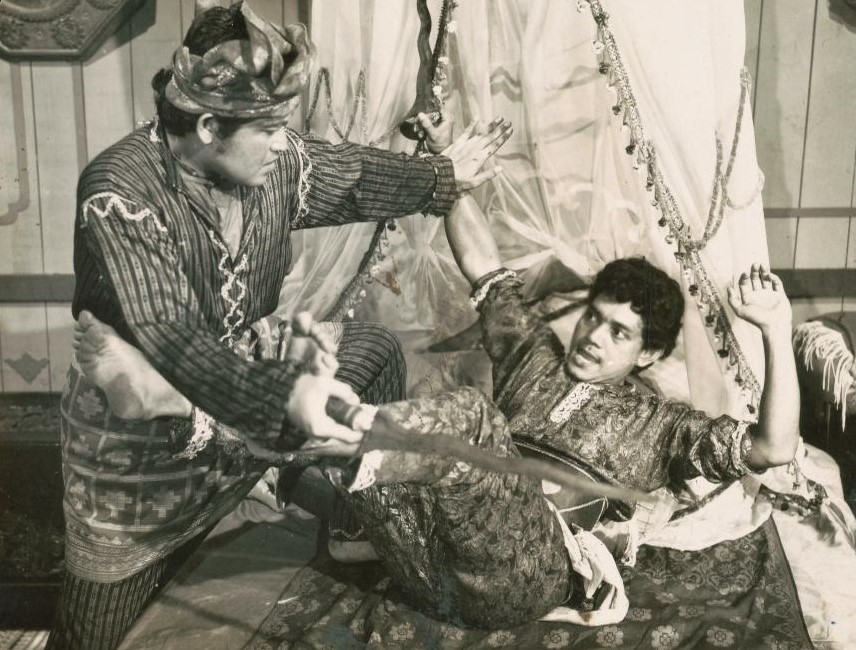
For his contributions to the film industry in Malaya, Loke received the dato title from the Sultan of Kelantan in 1962.
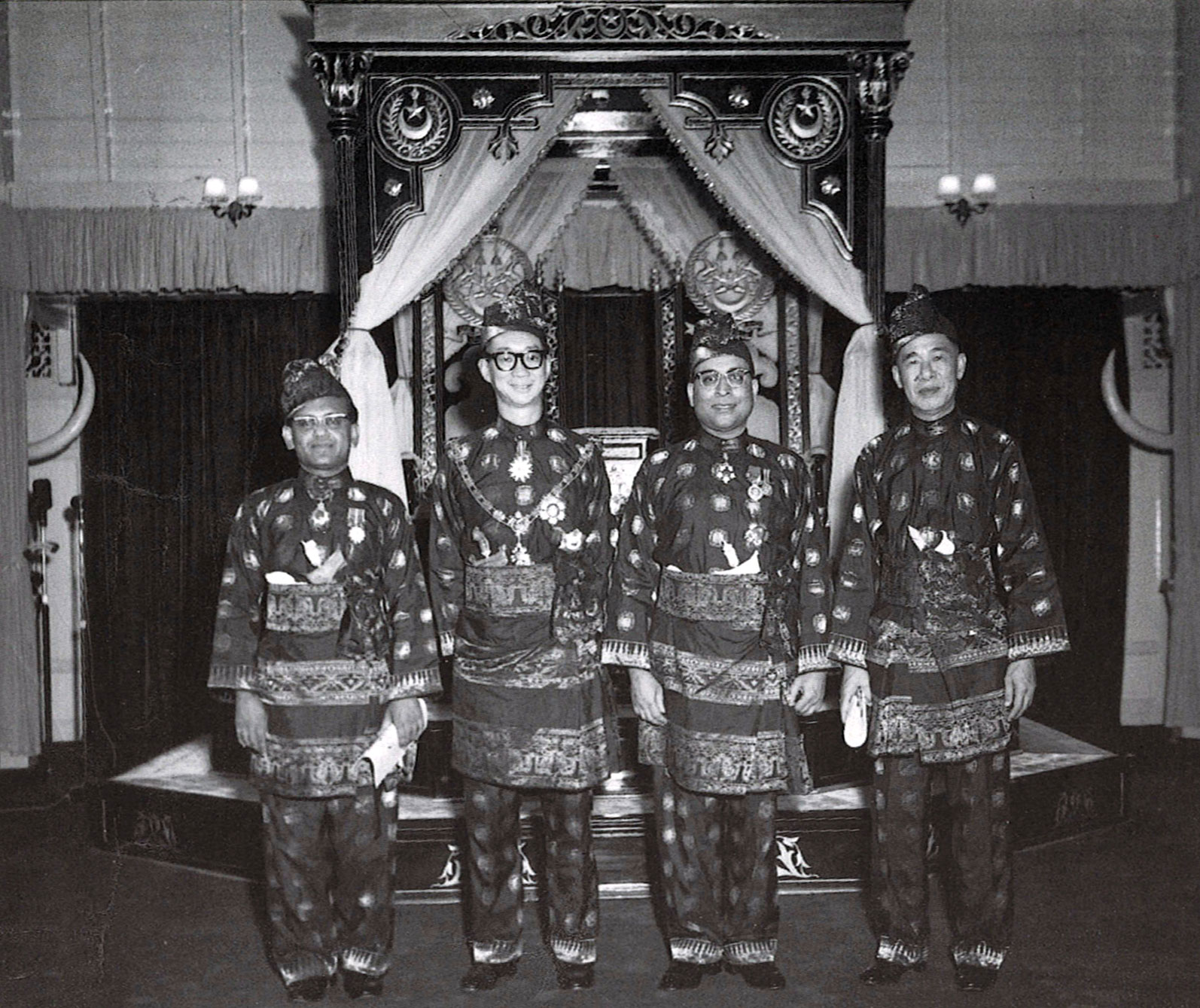
Cathay closed its film production arm in 1972, because of competition from television and the loss of the Indonesian market. By then Cathay-Keris had produced at least 100 movies, including the cult classic Pontianak film (1957) and the three subsequent Pontianak movies.
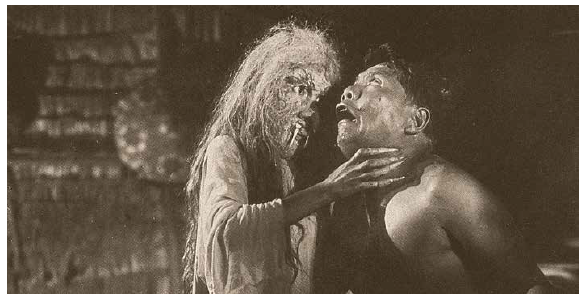
A Supporter of Local Sports
As the chairman of the Sports Centre Fund appeal committee, Loke helped to accelerate plans to build Singapore’s youth sports centre and donated $25,000 to it. The centre opened in the old Kallang airport in January 1956.9 Loke also hired Wong Peng Soon, Malaya’s top badminton player, as a coach at the centre, and funded his salary for three years. 10
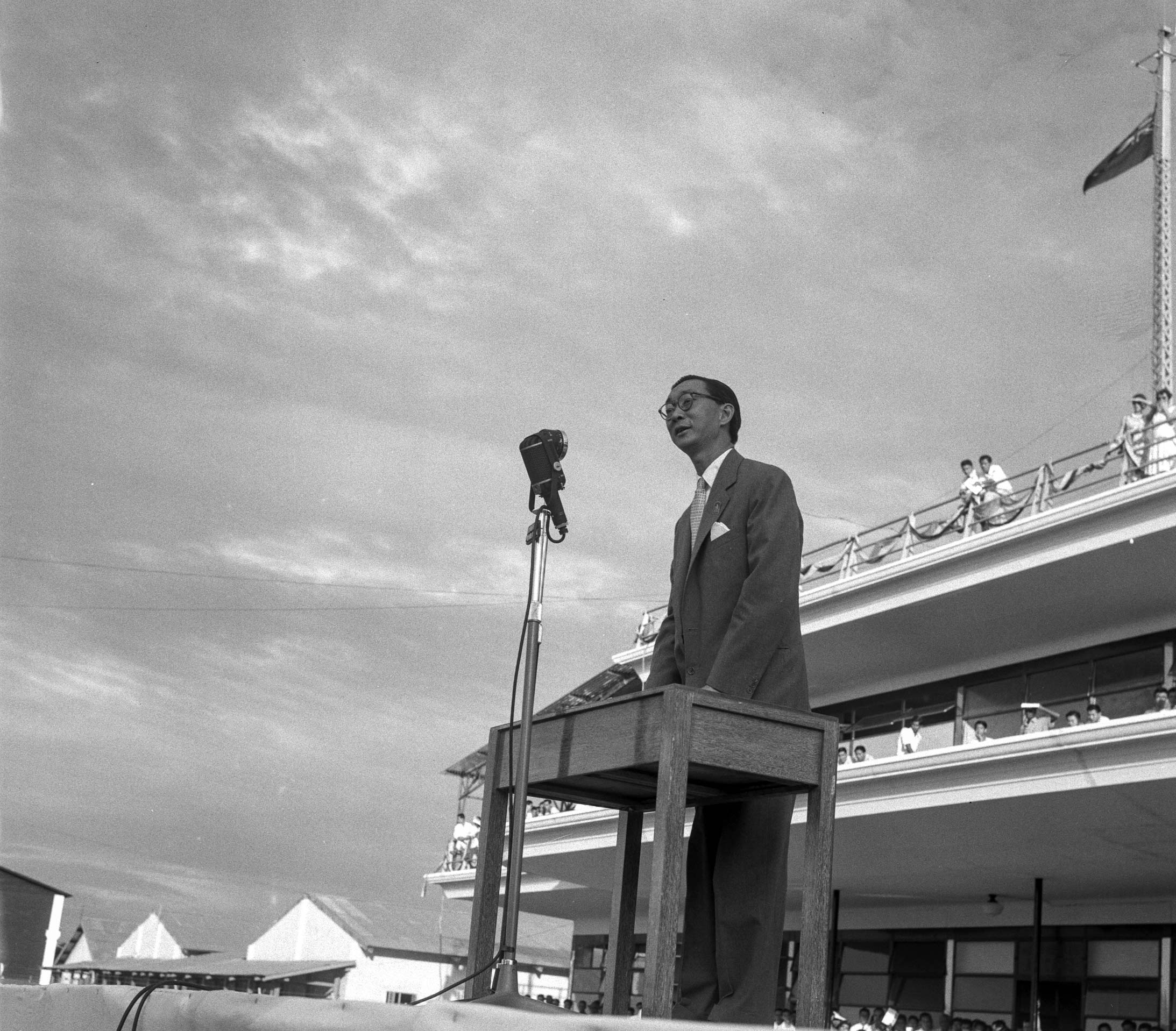
An Acclaimed Photographer
Loke took birding expeditions in India and New Guinea with famous Indian ornithologist Salim Ali. According to Salim Ali, Loke was always cheerful and had never once complained on their field trips, even in cowsheds, in rough living conditions, or of his dysentery.11
Loke’s diary on the expeditions reveals his passion for ornithology:12
> The scene of immense activity is thrilling to look at, and to hear. When the White Ibis and the Little Egrets are back in the Heronry at evening time, it looks as if a snowstorm is blowing about the tree tops.
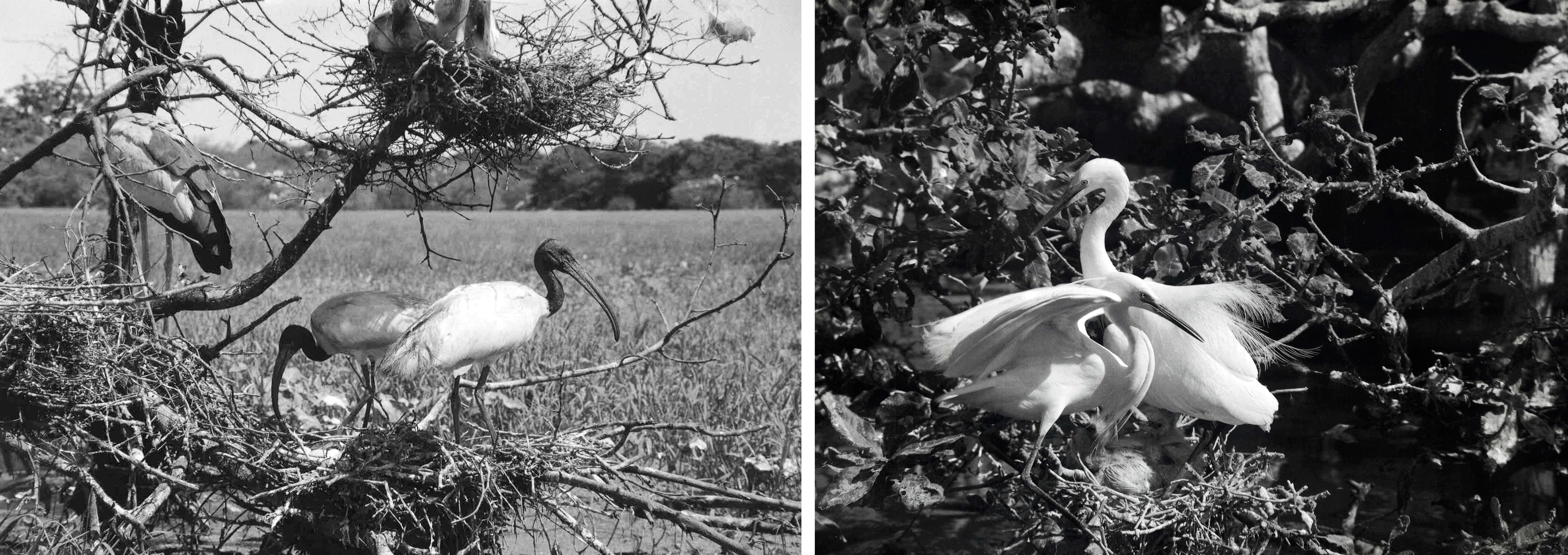
Besides birds, Loke also took photographs of Angkor temples, which were published in former governor Malcolm MacDonald’s book Angkor. Cambodian premier Prince Norodom Sihanouk honoured Loke with the title of Officer of the Royal Order of Cambodia in 1959, for his photography of Angkor sites.13
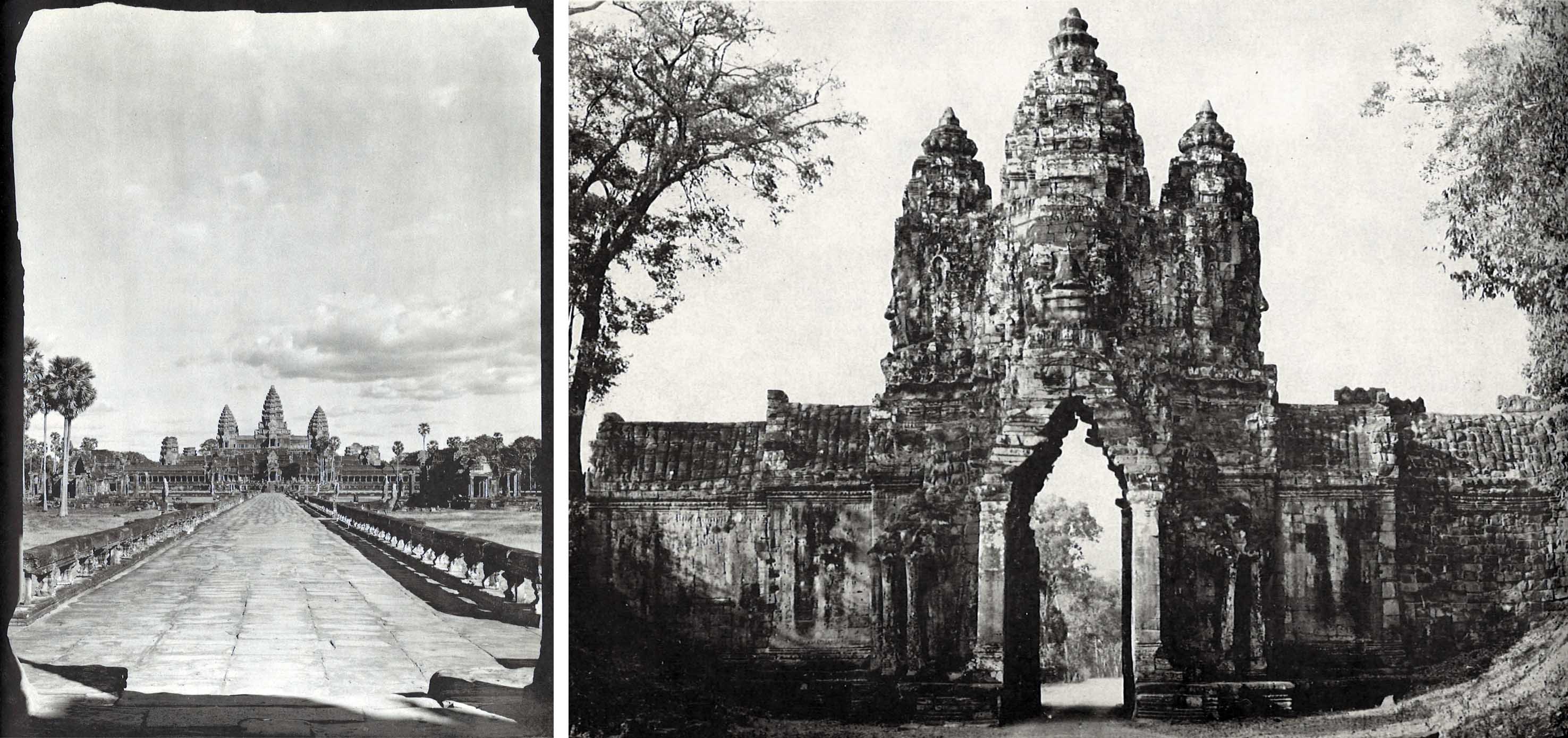
A Legacy
While returning from a film festival in Taiwan, Loke and his wife Marvis Chew died in a plane crash on 20 June 1964.
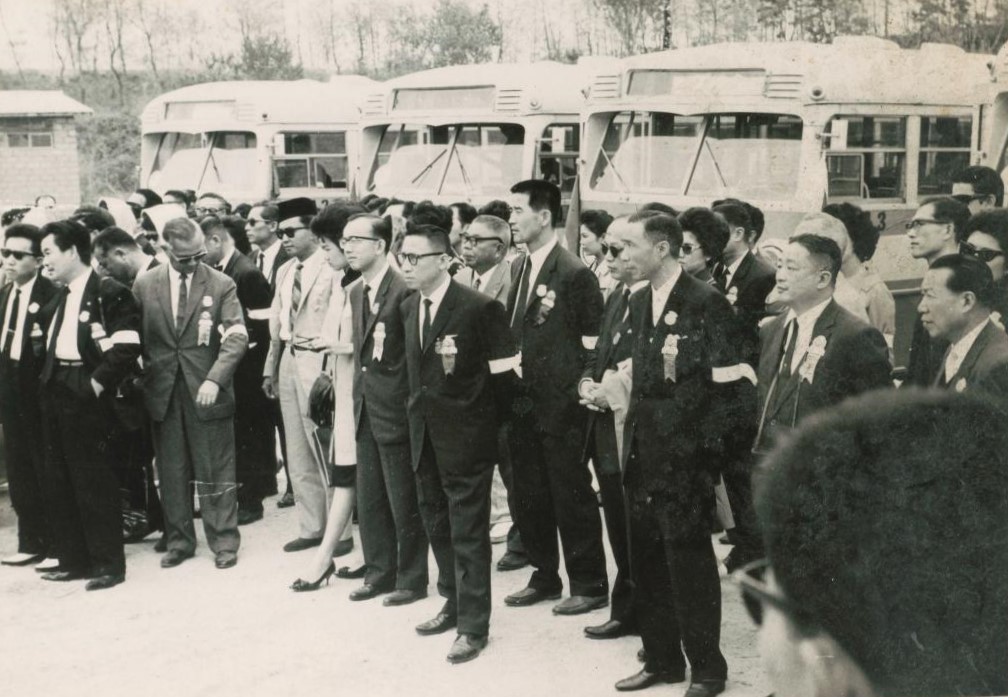
After his passing, his family donated $100,000 to establish the Loke Wan Tho Memorial Library at Jurong Bird Park to encourage research on birds. Opened on 4 February 1972, the library exhibits Loke’s collection of books and photographs on birds, and tape recordings of bird songs.14
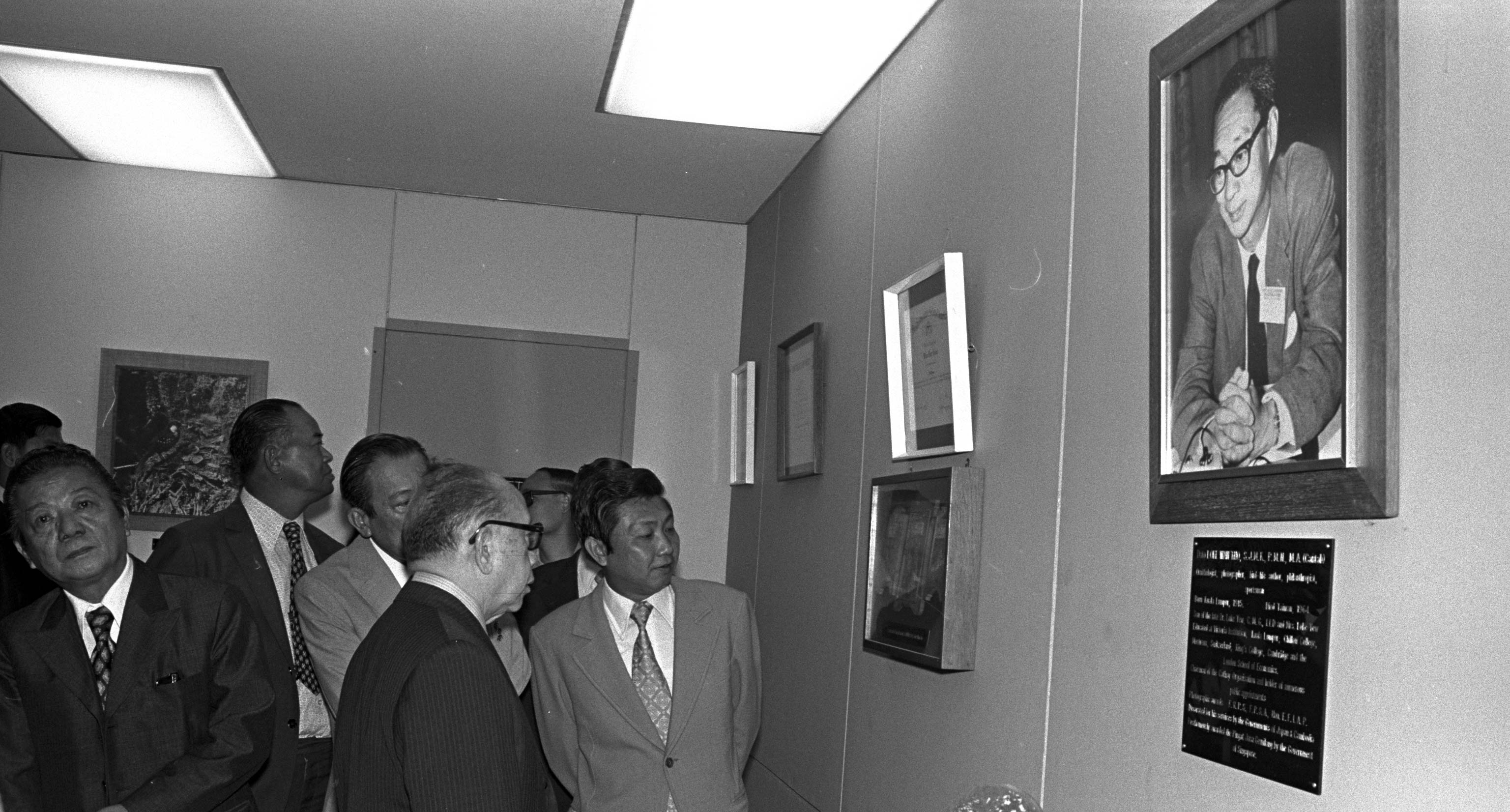
RELATED ARTICLES
Michael Mukunthan, “Loke Wan Tho,” Singapore Infopedia, 2016.
Joshua Chia Yeong Jia, “Cathay-Keris Studio,” Singapore Infopedia, 2018.
Soh Gek Han, “Key Milestones in the History of Cathay Cinema,” BiblioAsia, 2022.
Alvin Chua, “Cathay Organisation,” Singapore Infopedia, 2011.
Bonny Muliani Tan, “A Malayan Treasure: The Gibson-Hill Collection,” BiblioAsia 4, no. 3 (2008).
RELATED BOOKS
Lim Kay Tong, Cathay: 55 Years of Cinema (Singapore: Landmark Books, 1991). (From National Library, Singapore, call no. RSING 791.43095957 LIM)
Raphael Millet, Singapore Cinema (Singapore: Editions Didier Millet, 2006). (From National Library, Singapore, call no. RSING 791.43095957 MIL)
Loke Wan Tho, A Company of Birds (London: M. Joseph, 1957). (From National Library, Singapore, call no. RCLOS 598.295 LOK-[GBH])
Loke Wan Tho, Loke Wan Tho’s Birds with Extracts from His Diaries and from A Company of Birds (Mumbai: Bombay Natural History Society, 2008). (From National Library, Singapore, call no. RSING 598.095 LOK)
Malcolm MacDonald, Angkor with One Hundred and Twelve Photographs by Loke Wan Tho and the Author (London: Jonathan Cape , 1958). (From National Library, Singapore, call no. RCLOS 959.6 MAC)
Balai Seni Lukis Negara (Malaysia), The Loke Legacy: The Photography Collection of Dato’ Loke Wan Tho (Kuala Lumpur: National Art Gallery, Malaysia, 2006). (From National Library, Singapore, call no. RART 779.074595 LOK)
ORAL HISTORY
Christina Balsara, oral history interview by Patricia Lee, 16 August 2001, disc 5 of 9, MP3 audio, 28:36, National Archives of Singapore (accession no. 002542).
Yuen-Peng McNeice, oral history interview by Helen Choo, 4 August 1982, disc 3 of 4, transcript and MP3 audio, 27:47, National Archives of Singapore (accession no. 000190).
Albert Odell, oral history interview by Ghalpanah Thangaraju, 16 April 2001, disc 2 of 6, transcript and MP3 audio, 27:39, National Archives of Singapore (accession no. 002640).
Wong Kee Hung, oral history interview by Michelle Low, 21 October 2005, disc 5 of 6, transcript and MP3 audio, 58:04, National Archives of Singapore (accession no. 002986).
NOTES
-
Balai Seni Lukis Negara (Malaysia), The Loke Legacy: The Photography Collection of Dato’ Loke Wan Tho (Kuala Lumpur: National Art Gallery, Malaysia, 2006), 7. (From National Library, Singapore, call no. RART 779.074595 LOK) ↩
-
Roots, “The Mace of the City of Singapore,” National Heritage Board, last accessed 6 September 2022; “Singapore Gets Its Civic Mace,” Straits Budget, 8 April 1954, 10. (From NewspaperSG) ↩
-
“S’pore’s Mace,” Straits Budget, 25 February 1954, 5 (From NewspaperSG); Roots, “The Mace of the City of Singapore, Singapore, 1953, Gold,” National Heritage Board, last accessed 6 September 2022. ↩
-
Raphaël Millet, Singapore Cinema (Singapore : Editions Didier Millet, 2006), 34, 37. (From National Library, Singapore, call no. RSING 791.43095957 MIL) ↩
-
Millet, Singapore Cinema, 34. ↩
-
Millet, Singapore Cinema, 34, 39; Lim Kay Tong,Cathay: 55 Years of Cinema (Singapore:Landmark Books,1991), 117. (From National Library, Singapore, call no. RSING 791.43095957 LIM) ↩
-
Millet, Singapore Cinema, 36, 51; Nancy K. Nanney, “Evolution of a Hero: The Hang Tuah/Hang Jebat Tale in Malay Drama,” Asian Theatre Journal 5, no. 2 (Autumn 1988): 164–65. (From JSTOR via NLB’s eresources website) ↩
-
“Speed-up at Youth Sports Centre,” Straits Times, 5 March 1956, 7; “Loke Makes Personal Three-year Agreement with Malayan Ace,” Straits Times, 9 October 1955, 20. (From NewspaperSG) ↩
-
“Loke Makes Personal Three-year agreement with Malayan Ace,” Straits Times, 9 October 1955, 20; “Kallang May Be the Site,” Straits Times, 29 August 1955, 1. (From NewspaperSG) ↩
-
Loke Wan Tho, Loke Wan Tho’s Birds with Extracts from His Diaries and from A Company of Birds (Mumbai: Bombay Natural History Society, 2008), 12. (From National Library, Singapore, call no. RSING 598.095 LOK) ↩
-
Loke, Loke Wan Tho’s Birds with Extracts from His Diaries and from A Company of Birds, 53. ↩
-
“Cambodia Honours Mr. Loke,” Singapore Free Press, 17 February 1959, 2. ↩
-
“Loke Wan Tho Library to Open on Feb 4,” Straits Times, 22 January 1972, 10. ↩

